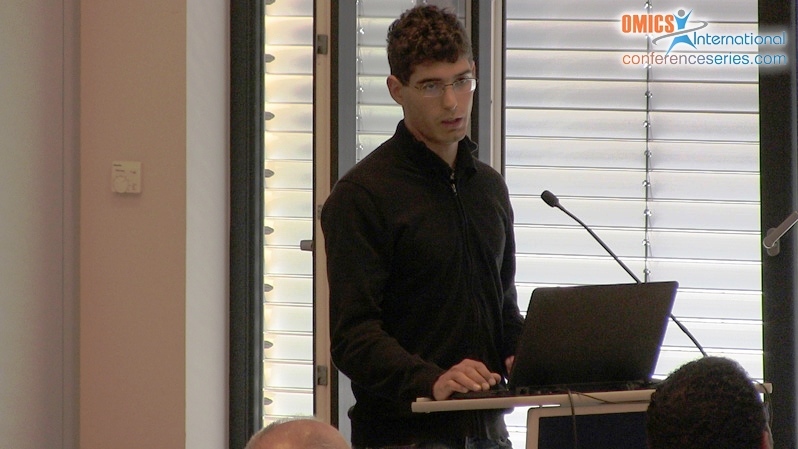
Vincent Templier
CEA INAC, France
Title: Towards rapid detection of Staphylococcus aureus during blood culture
Biography
Biography: Vincent Templier
Abstract
The presence of viable bacteria in the blood is commonly known as bacteremia. It can be a very localized and transient event with no consequences but for immunosuppressed or seriously wounded people, the most severe cases can develop into sepsis, septic shock and sometimes death. Faced with suspected bacteremia, practician is forced to use a broad spectrum antibiotic treatment while awaiting the results of microbiological analyzes of blood samples which can last 24hrs to 72hrs. Despite numerous efforts to shorten the time required for diagnosis, in most techniques the organism identification begins only after the blood culture turns positive. Staphylococcus aureus is one of the most frequent strain causing bacteremia, for this reason, its detection is a major challenge for Health issues. We propose here to carry out the microorganism identification directly from blood culture phase. To achieve this, alive bacteria are detected on an antibody based biochip without any labeling. This approach relies on a simple to operate optical technique named Surface Plasmon Resonance imaging (SPRi), recently described for pathogen detection in complex samples (ground meat, milk…)1,2. Biological samples are diluted in a media specifically dedicated to this application and in accordance with the recommendations for blood cultures. Then, samples are spiked with a known amount of S. aureus and loaded on the biochip. Interactions are then recorded in real time until a positive signal appears on specific antibody due to antibody-antigen recognition. In general, a few dozen of bacteria are detected in less than ten hours in human serum. We are now focusing on the methicillin resistant strain identification (MRSA versus MSSA) through the recognition of this antibiotic resistance marker, the PBP2a protein, which is anchored at the cell surface and therefore accessible to antibodies.
Speaker Presentations
Speaker PPTs Click Here

